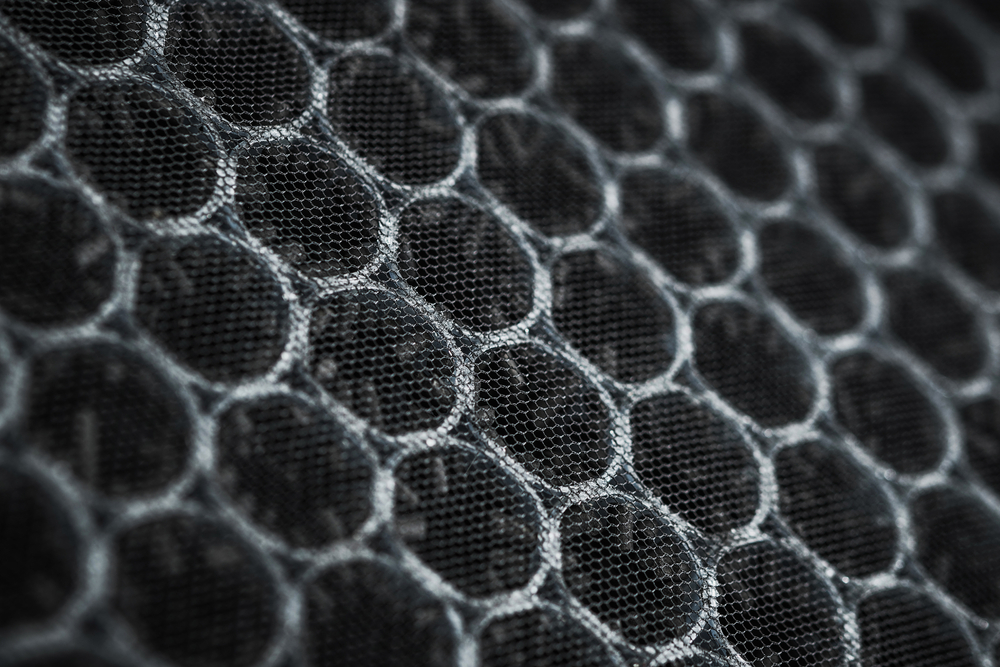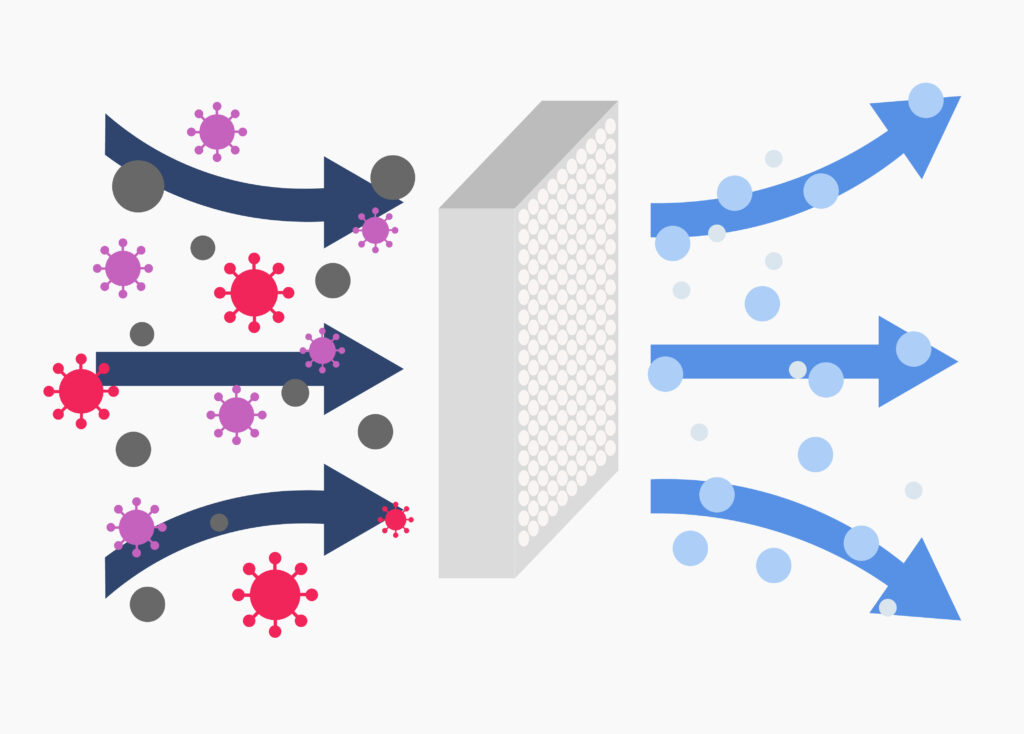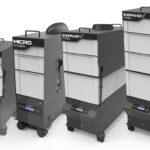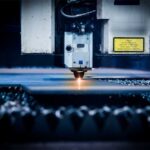The history of air purification technology is a testament to human ingenuity and our ongoing quest for cleaner, healthier environments. From ancient civilizations’ rudimentary methods to modern high-tech systems, the evolution of air purification technology has been marked by innovation and the ever-increasing need to combat pollution and improve indoor air quality. Let us dive into the development of air filtration from early times to how it’s used today in modern manufacturing.
Ancient Beginnings
The ancient Egyptians and Romans were not only pioneers in air purification but also laid the groundwork for our modern understanding of indoor air quality. Their early innovations showcased the profound connection between clean air and overall well-being. In ancient Egypt, where the Nile River’s life-giving waters sustained a vibrant civilization, the use of charcoal for air purification served as a testament to their resourcefulness. This practice was not confined to the elite; it was a shared endeavor that underscored the importance of clean air for everyone, from the grandest palaces to humble homes.
Similarly, the Romans, renowned for their engineering marvels, understood that the quality of indoor air directly impacted the health and happiness of their citizens. Their ingenious aqueducts and water channels, designed not just for practicality but also for aesthetic appeal, were a testament to their commitment to ensuring a pleasant and wholesome indoor environment. These ancient civilizations’ innovations, rooted in their appreciation for clean air, continue to inspire and guide modern air purification technology, highlighting the timeless importance of breathing fresh and pure air in our pursuit of well-being.

Birth of Carbon Filters
The carbon filter, initially conceived in 1862 for water purification, underwent a transformative evolution in 1872, thanks to the ingenuity of Allen and Alvin E. Rice. Originally designed to cleanse water, this innovative filtration technology took a pivotal step forward when the Rice brothers introduced a two-stage filtration system based on activated carbon. This marked a significant turning point as the carbon filter seamlessly transitioned from its initial application in water purification to becoming a crucial component in air purifiers. The activated carbon’s ability to effectively capture and neutralize airborne pollutants propelled the carbon filter into a new realm of environmental protection, shaping its role as a vital element in ensuring cleaner and healthier indoor air quality.
The Dawn of Laser Cutters
The foundation of the laser cutting industry was laid in 1960 when physicist Theodore Maiman developed the first laser. Lasers, with their ability to generate high-intensity, precisely focused beams of light, introduced a revolutionary capability for cutting materials with extraordinary precision. This innovation laid the foundation for the development of laser-cutting machines in the early 1960s, ushering in a new era of manufacturing possibilities. These cutting-edge machines, characterized by their unparalleled accuracy and versatility, quickly became indispensable tools across various industries, from aerospace to electronics, forever transforming the landscape of precision manufacturing.
Early Challenges: Smoke and Fumes
In the early phases of laser cutting development, a multitude of obstacles emerged. Laser beams, with their precision in vaporizing materials, produced significant quantities of smoke, dust, and harmful fumes, especially noticeable when cutting plastics and metals. The lack of effective air filtration solutions posed an imminent safety hazard for both the workforce and the environment. These difficulties emphasized the urgent requirement for inventive air quality control systems within the laser cutting sector.
Basic Ventilation and Respirators
In the initial stages, laser cutting facilities relied on rudimentary ventilation systems composed of exhaust fans and ductwork. While these systems attempted to clear the air of smoke and fumes, they were often insufficient. Workers frequently had to don respirators to protect themselves from inhaling harmful particles and chemical emissions, highlighting the urgency of developing better filtration methods.
The Advent of First-Generation Filtration Systems
The 1970s and 1980s witnessed significant advancements in air filtration technology, leading to the introduction of first-generation filtration systems in laser-cutting facilities. These systems incorporated basic mechanical filters, activated charcoal, and simple extraction hoods. Although these systems represented an improvement over earlier methods, they still had limitations in terms of efficiency and effectiveness.

The HEPA Filter Revolution
Originally developed during World War II as part of the Manhattan Project, the HEPA filter was initially designed to trap and remove radioactive particles from the air. The 1990s marked a significant turning point in how the HEPA filter was used for laser cutting. HEPA filters could capture particles as small as 0.3 microns, vastly improving air quality in laser-cutting environments. Laser-cutting machines equipped with HEPA filters became renowned for their enhanced safety and improved working conditions.
Fume Extractors: A Critical Component
Fume extractors, skillfully incorporated into modern laser cutting systems, have evolved into vital elements within the domain of air filtration. These devices seamlessly operate as the initial line of defense, adeptly capturing and eliminating fumes and particles directly at the point of emission. Their swift action effectively curtails the dispersion of contaminants within the workspace, playing a pivotal role in preserving the health and well-being of laser-cutting operators.
Notably, the integration of High-Efficiency Particulate Air (HEPA) filters and activated carbon filters in these fume extractors has elevated their functionality, creating the epitome of air purification systems. This innovative fusion enhances their capacity to address a diverse range of pollutants, combining the particle-capturing efficiency of HEPA filters with the chemical adsorption capabilities of activated carbon. In doing so, these advanced systems not only uphold stringent clean air standards but also set a new standard for ensuring the utmost safety in the work environment.
Modern Air Filtration: Advanced Technology
In the 21st century, air filtration technology in the laser-cutting world has reached new heights. Advanced filtration systems now not only capture particulate matter but also remove volatile organic compounds (VOCs) and toxic gases produced during laser cutting. These cutting-edge systems often combine HEPA filters with activated carbon filters and molecular filtration to maintain pristine air quality.

Environmental Responsibility
In response to the growing importance of sustainability, the laser cutting industry has increasingly prioritized eco-friendly filtration solutions. Cutting-edge technology now includes energy-efficient systems designed to reduce power consumption while upholding optimal filtration efficiency. Moreover, the industry has embraced the practice of recycling and repurposing the waste generated during the filtration process, further aligning laser cutting with the principles of environmentally responsible manufacturing. These environmentally conscious efforts underscore the industry’s commitment to a greener and more sustainable future.
The Future of Air Purification
In conclusion, the journey through the history of air purification technology and its integration into the laser cutting industry is a testament to human innovation, a dedication to safety, and an unwavering pursuit of efficiency. From the ancient Egyptians and Romans recognizing the importance of clean air to the inception of laser technology and the development of sophisticated filtration systems and fume extractors, the evolution of air quality management has been a remarkable one.
The laser cutting industry’s response to early challenges, such as smoke and noxious fumes, has driven the development of advanced air filtration technology. From basic ventilation systems and respirators to the introduction of HEPA filters and modern fume extractors, safety and environmental responsibility have been at the forefront of innovation.
As technology continues to advance, we can anticipate further groundbreaking innovations in air filtration for laser cutting. These innovations will not only enhance safety but also promote sustainability, aligning the industry with eco-conscious manufacturing practices. The commitment to clean air not only protects the health of workers but also contributes to a more environmentally conscious future for the laser cutting industry. This historical journey underscores the paramount importance of continuous improvement in precision manufacturing and our collective responsibility to ensure clean and safe working environments.








Recent Comments